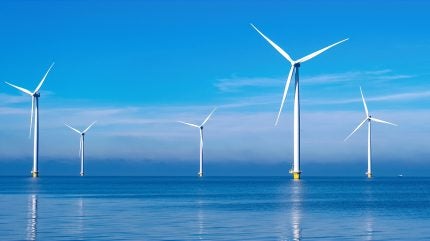
The Australian government has backed 12 offshore wind projects totalling up to 25 GW off the coast of Victoria, and is poised to announce further support for renewables in the next budget. But there is some doubt about whether this will be enough to super-charge growth in the offshore wind and wider renewable energy supply chain.
Nonetheless, the Australian government’s announcement of support for 12 offshore wind farms totalling 25 GW is perceived as crucial for the industry.
On 1 May it awarded licences for six projects to carry out further work to assess their feasibility and environmental impacts; and identified six more that are in line to receive these crucial licences subject to further consultation.
The government reportedly had 37 applications to consider, and ended up backing schemes by prominent developers including Copenhagen Infrastructure Partners, Ocean Winds and Ørsted.
The six projects to receive licences are:
- Blue Mackerel North (JERA Nex / Parkwind, and Beach Energy):
- Gippsland Skies (2.5 GW fixed-bottom project by AGL, Direct Infrastructure, Mainstream Renewable Power and Reventus Power )
- High Sea Wind Project North (1.28 GW project by EDP Renewables and Engie joint venture Ocean Winds)
- Kut-Wut Brataualung (2 GW project by CIP / Southerly Ten, Gunaikurnai Land and Waters Aboriginal Corporation)
- Ørsted 1 (2.8 GW project by Ørsted)
- Star of the South (2.2 GW project by new Copenhagen Infrastructure Partners vehicle Southerly Ten, Cbus Super Fund and original co-founders Andy Evans, Terry Kallis and Peter Sgardelis).
There are six projects with the potential to receive licences after more consultation which are:
- Aurora Green (up to 3 GW project by Iberdrola); Gippsland Dawn (by BlueFloat Energy); Great Eastern Offshore Wind (2.5 GW project by Macquarie’s Corio Generation), Kent Offshore Wind (by RWE); Navigator North (1.5GW project by Origin Energy and RES); Ørsted 2 (2 GW project by Ørsted).
It has taken more than a decade so far to turn offshore wind from an idea into reality in Australia, which is why industry reaction to this announcement has been very positive, although it is considered that much more needs to happen to unleash offshore wind at scale.
At present, Star of the South looks likely to be the first to be operational in Australian waters, with commissioning scheduled to take place in 2028.




